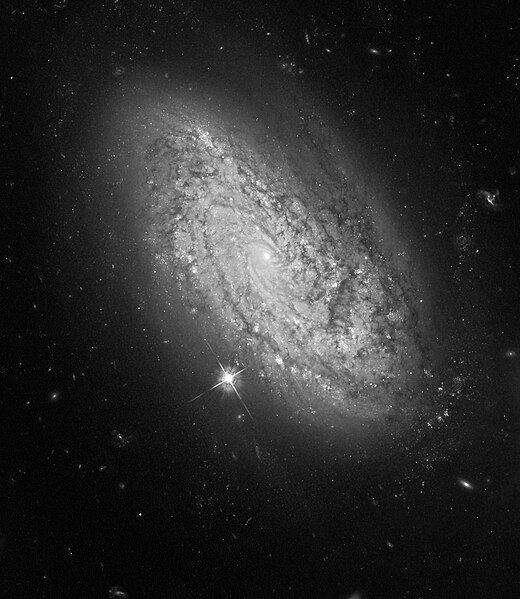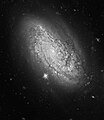Файл:NGC 3021 Hubble.jpg
Перейти до навігації
Перейти до пошуку

Розмір при попередньому перегляді: 520 × 599 пікселів. Інші роздільності: 208 × 240 пікселів | 416 × 480 пікселів | 666 × 768 пікселів | 888 × 1024 пікселів | 1838 × 2119 пікселів.
Повна роздільність (1838 × 2119 пікселів, розмір файлу: 1,75 МБ, MIME-тип: image/jpeg)
Історія файлу
Клацніть на дату/час, щоб переглянути, як тоді виглядав файл.
| Дата/час | Мініатюра | Розмір об'єкта | Користувач | Коментар | |
|---|---|---|---|---|---|
| поточний | 23:42, 31 травня 2009 |  | 1838 × 2119 (1,75 МБ) | Friendlystar | {{Information |Description={{en|1=Less than 100 years ago scientists didn't know if the universe was coming or going, literally. It even fooled the great mind of Albert Einstein. He assumed the universe must be static. But to keep the universe from collap |
Використання файлу
Така сторінка використовує цей файл:
Глобальне використання файлу
Цей файл використовують такі інші вікі:
- Використання в ar.wikipedia.org
- Використання в arz.wikipedia.org
- Використання в az.wikipedia.org
- Використання в be.wikipedia.org
- Використання в ce.wikipedia.org
- Використання в diq.wikipedia.org
- Використання в eo.wikipedia.org
- Використання в eu.wikipedia.org
- Використання в fa.wikipedia.org
- Використання в hr.wikipedia.org
- Використання в kk.wikipedia.org
- Використання в lb.wikipedia.org
- Використання в mk.wikipedia.org
- Використання в my.wikipedia.org
- Використання в nl.wikipedia.org
- Використання в pt.wikipedia.org
- Використання в ru.wikipedia.org
- Використання в sh.wikipedia.org
- Використання в sk.wikipedia.org
- Використання в sr.wikipedia.org
- Використання в tr.wikipedia.org
- Використання в tt.wikipedia.org
- Використання в uz.wikipedia.org
- Використання в www.wikidata.org

